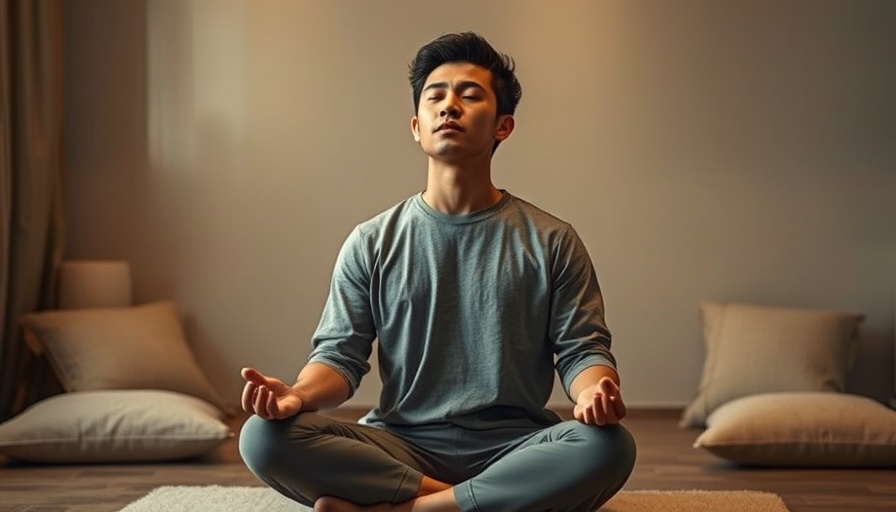
The Power of Breath: A Gateway to Well-Being
Breathing is an involuntary action that we often take for granted, yet it holds profound significance in numerous ancient practices that aim to enhance our physical and mental states. Two remarkable traditions that explore the dynamics of breathing are Dàoism and Yoga. While they share the same end goal of well-being, they employ unique methods that reflect their philosophical underpinnings. Understanding these differences can empower you to harness your breath effectively in your martial arts journey and beyond.
Dàoist Breathing: Purification and Release
The Dàoist approach to breathing is built around the concepts of purification and the conscious release of energy. By inhaling through the nose, practitioners are believed to draw in pure Qì, the life force that invigorates the body from the universe. This life energy is akin to a refreshing stream that revitalizes the practitioner. The exhalation through the mouth serves a critical function: it ensures that stale energy, toxins, and negative emotions are forcefully expelled from the body. This method is particularly beneficial for martial artists who need a strong release of breath during dynamic movements, enhancing both physical performance and emotional clarity.
Yogic Breathing: Regulation and Conservation
In contrast, the Yogic practice focuses on the steady absorption and management of Prāṇa, the breath of life. This technique emphasizes both inhalation and exhalation through the nose, which naturally slows the breath and introduces a gentle resistance. This deliberate regulation not only conserves warmth and hydration but also allows beneficial gases, like nitric oxide (NO), to circulate effectively within the body. The calming effects of this type of breathing are instrumental in developing mental fortitude and emotional resilience—qualities that resonate deeply with martial artists in training.
Physical Responses: Trade-Offs of Techniques
The physiological impacts of these two breathing techniques present a spectrum of benefits and drawbacks. The Dàoist method offers quick heat dissipation and allows for vigorous exhalations, making it effective during intense physical activities. However, this approach can lead to dryness in the mouth and throat, which might be less than desirable for prolonged practices. On the other hand, Yogic breathing, while maximizing air filtration and internal warmth, may pose challenges during nasal congestion, hampering the experience.
Energetic Declarations: Cleansing vs. Conserving
At a deeper level, the energetic philosophies underpinning each method indicate their broader objectives. Dàoist breathing concentrates on drawing positive energy into the body while actively expelling impurities, promoting a sense of renewal and vitality. This is especially advantageous to martial artists who engage in combat sports that emphasize dynamic energy flow. Conversely, the Yogic focus on conserving and balancing Prāṇa encourages a harmonious flow of internal energy. This practice fosters a tranquil state, providing mental clarity that is essential in martial arts.
Connecting Breath and Mental Health
Breathing techniques do not just influence physical health—they also have significant psychological impacts. Evidence shows that mindfulness practices, like those that involve Dàoist and Yogic breathing, can improve mental health outcomes. For residents of Gurnee seeking martial arts practices that address anxiety or anger management, integrating these breathing methods into training could be highly beneficial.
Furthermore, understanding and practicing these techniques can empower students to better manage their emotions, bolster their focus during training, and enhance their overall sense of well-being. This can ultimately lead to a more fulfilling martial arts journey, encouraging a lifelong commitment to improving both body and mind.
Actionable Insights: Breathing in Practice
To harness the benefits of these breathing techniques, consider incorporating them into your martial arts training. Start with the Dàoist approach by practicing quick inhalations through the nose, followed by forceful mouth exhales during high-intensity drills. For moments requiring calm and focus, switch to the Yogic practice by maintaining slow, deliberate breaths exclusively through the nose. Observe how these changes influence your performance and emotional state over time.
Conclusion: Embrace the Journey of Breath
Understanding the different approaches to breathing in Dàoist and Yogic traditions can enrich your martial arts practice and bring about a deeper connection between your body and mind. As you continue your journey, remember that effective breathing is not merely about inhaling and exhaling; it's a gateway to energy management, emotional clarity, and enhanced overall health.
For those in Gurnee looking to explore these practices further, consider enrolling in local martial arts classes. They will guide you not only through techniques but also through the philosophy that can transform your understanding of martial arts into a comprehensive lifestyle.
 Add Row
Add Row  Add
Add 




Write A Comment